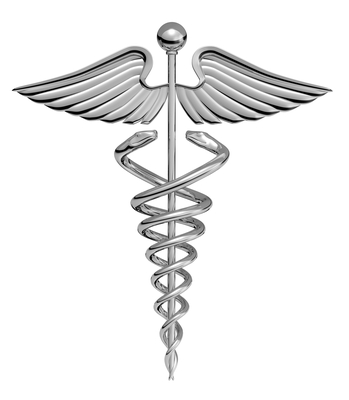Ambulatory health care facilities are seeing a surge in demand because in many locations all over the U.S., hospitals are overburdened with demand for its services. Wait times at emergency departments can stretch into hours especially if your presenting conditions happen to be low priority in the triage system. Ambulatory centers address this need by providing the entire range of medical services, including diagnosing conditions, recommending interventions and treatment, establishing a rehabilitation schedule and everything in between. These services are provided on an outpatient basis: Ambulatory health care facilities do not include patient beds except for the temporary equipment needed to prepare patients for their scheduled medical procedures and during the brief recovery period post-procedure.
What Constitutes Ambulatory Health Care?
In general, noncritical conditions are best addressed as outpatient or ambulatory care issues. These conditions include anything classified as transactional care such as immunizations, sports physical examinations or care and treatment for a low-grade fracture. These are best described as low-anxiety situations as far as patients are concerned, and they may be planned or unplanned encounters.
Multidimensional care involves more complicated systems such as a thorough review of a patient’s history for diagnostic purposes or infusion therapy for a chronic condition. Ambulatory health care providers are equipped for minor surgical procedures, diagnostic interventions such as blood tests, X-rays and digital scans, biopsies and endoscopic procedures. Ambulatory services may be available for urgent care or rehab patients.
Facilities that Provide Outpatient Care
The practice of providing ambulatory health care for situations that do not require high-level critical care is not entirely new. What has changed is the use of dedicated facilities for ambulatory care mostly as a way to improve access to medical care and to create more efficient patient care pathways to reduce costs.
Primary care clinics – Physician’s offices have always been equipped to handle minor office procedures on-site. Dermatologists perform biopsies, Moh’s surgery and similar procedures in their medical offices in much the same way that dentists deliver dental care to patients.
Urgent care clinics – These walk-in clinics have proliferated in urban and suburban locations. They are open extended hours to provide ambulatory care to patients who need medical care for conditions that do not merit emergency room visits. Services may be provided by physician assistants and nurse practitioners under the supervision of physicians or by physicians themselves.
Convenient care retail clinics – Ambulatory care may be available from retail clinics attached to the pharmacy department of groceries and pharmacy/convenience stores. The services provided may include vaccinations and health checks for minor illnesses such as flu and cold symptoms.
Mobile care – These roving clinics are typically housed in converted vans or buses. The clinics are equipped with equipment needed to conduct basic examination of patients. The mobile care units reach underserved patients by rotating to different locations.
Deciding Between the Emergency Department or Ambulatory Clinic
Conditions that do not involve life-threatening symptoms such as extreme bleeding and severe trauma should be addressed by your primary physician. If your physician is unavailable, use the services of an urgent care clinic. For mild symptoms that do not merit a 911 call, a consultation with a provider at a retail clinic may suffice to get recommendations for over-the-counter medications.
Providing ambulatory health care outside the hospital setting is a viable strategy to deliver quality patient care efficiently. Patients with noncritical needs can be seen immediately by primary care physicians or other providers instead of waiting for their turn in emergency rooms. Insurance providers typically cover the costs of ambulatory health care if the provider is part of the network.
